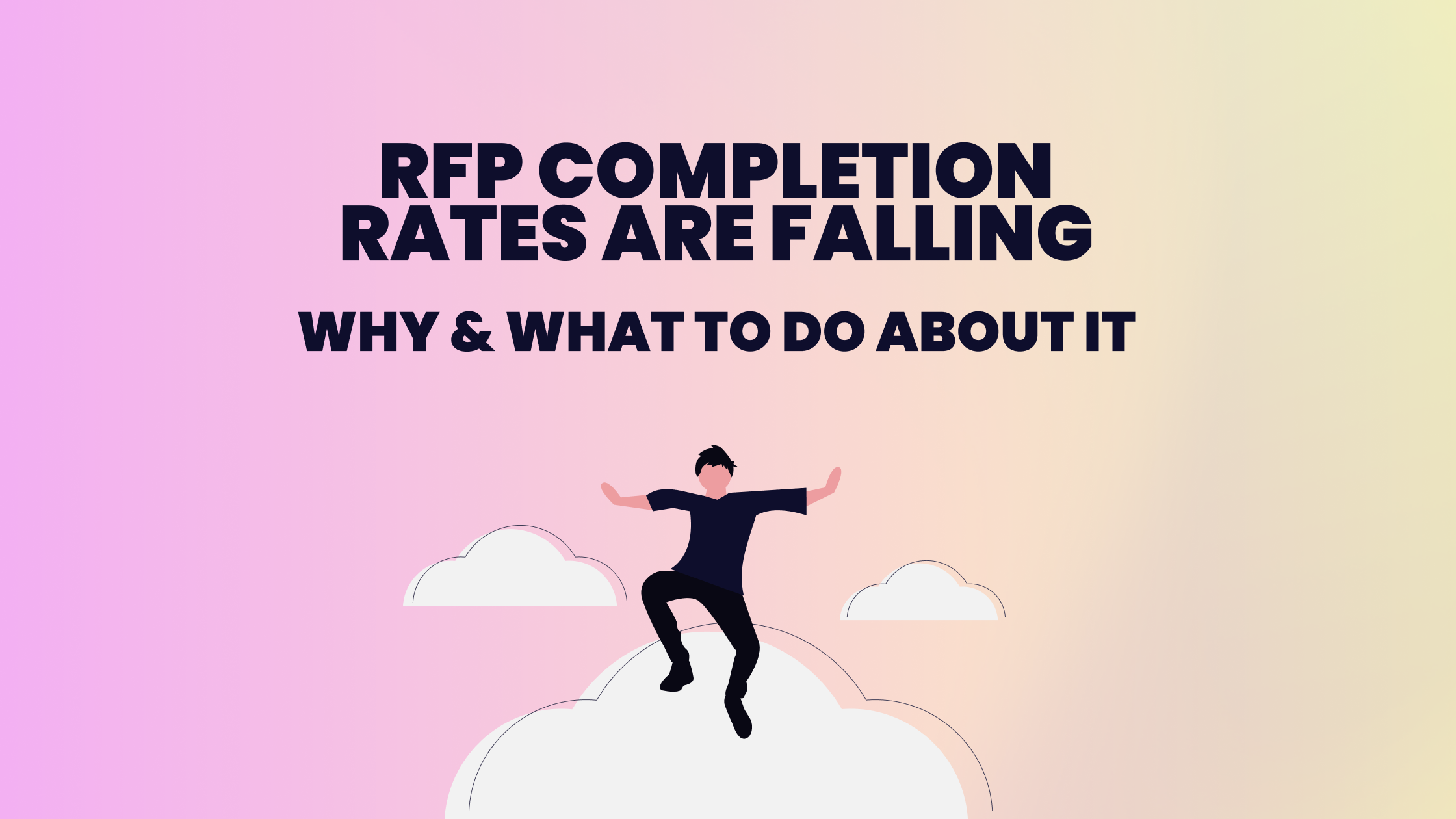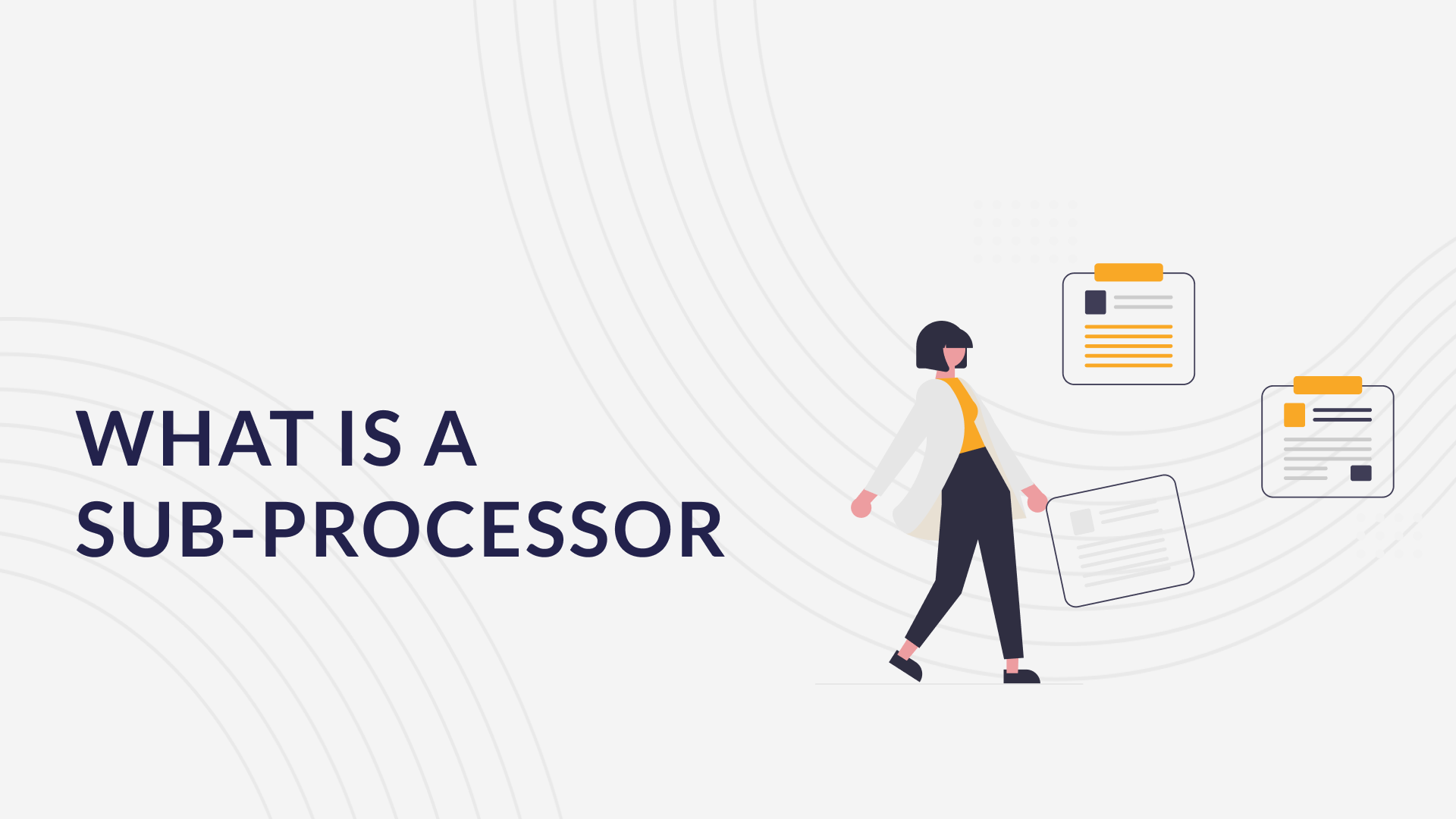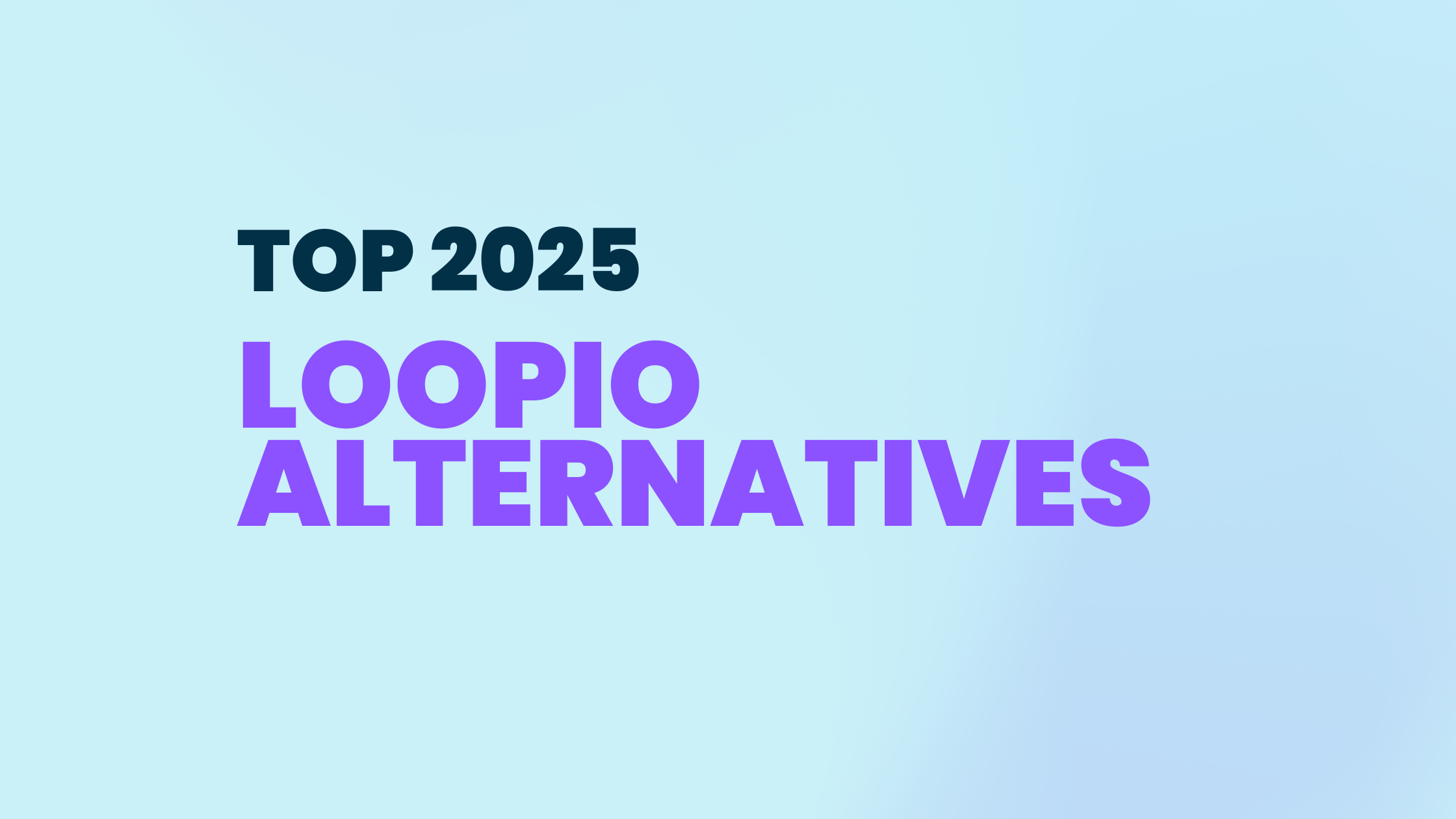Choosing the right vendor is never just about features or pricing - it's also about trust, compliance, and fit. In the world of B2B SaaS, understanding the difference between an RFP and a security questionnaire can save time, reduce risk, and improve how your company buys and sells software.
Who is this for?
If you’re a Sales Manager, Compliance Lead, or Procurement Officer at a B2B SaaS company struggling with slow sales cycles or supplier delays caused by compliance and due diligence, this guide will help you understand how to manage RFPs and security questionnaires efficiently to accelerate your process and reduce friction.
Understanding RFPs & Security Questionnaires
What is an RFP and when is it used?
A Request for Proposal (RFP) is a formal document issued by a company to solicit proposals from potential vendors. It outlines business needs, technical requirements, and evaluation criteria. RFPs are typically used before selecting a vendor to compare capabilities, pricing, and suitability across multiple suppliers.
What is a security questionnaire and why is it important?
A security questionnaire is a set of detailed questions about a vendor’s data protection, infrastructure, and compliance posture. It's usually sent after a vendor has been shortlisted or selected, helping the buyer assess risk and validate that security standards are met.
Key Differences Between RFPs and Security Questionnaires
Purpose: Vendor selection vs security validation
- RFPs are for evaluating who to work with.
- Security questionnaires are for validating whether it’s safe to work with them.
Timing in vendor lifecycle: Pre-selection vs post-selection
- RFPs come early in the buying journey, often before any meetings.
- Security questionnaires arrive later, when a vendor is under serious consideration or already chosen.
Content focus: Business needs vs security controls
- RFPs cover product features, pricing, SLAs, and integrations.
- Security questionnaires dive into encryption, access control, incident response, and third-party audits.
When to Use Each Tool in the Vendor Lifecycle
Use cases for RFPs during vendor evaluation
- Evaluating multiple vendors for a CRM or ERP system.
- Seeking structured responses on capabilities and pricing.
- Comparing proposals on a scoring basis.
Use cases for security questionnaires after vendor selection
- Performing due diligence before signing a contract.
- Meeting internal or external compliance requirements (e.g., SOC 2, ISO 27001).
- Reducing risk when handling sensitive customer data.
Scenarios where both tools are needed
- When buying mission-critical tools that involve both strategic importance and sensitive data.
- When your internal processes require both procurement and security sign-off.
- When entering regulated markets or working with enterprise customers.
Benefits of Each Approach for Vendor Risk Management
Advantages of using RFPs for structured vendor comparison
- Streamlines vendor selection.
- Promotes transparency and consistency.
- Enables weighted scoring and objective evaluation.
Benefits of security questionnaires for compliance assurance
- Reduces legal, operational, and reputational risk.
- Ensures compliance with privacy and security frameworks.
- Flags gaps in vendor security before contracts are signed.
How both tools support audit readiness and accountability
- RFPs show how decisions were made.
- Security questionnaires demonstrate security due diligence.
- Both create a paper trail that auditors and regulators value.
Combining RFPs and Security Questionnaires Effectively
Using mini security questionnaires within RFPs
Some companies include basic security sections in their RFPs to flag early issues. For example, asking about SOC 2 certification or data residency early can disqualify misaligned vendors faster.
Best practices for high-risk vendor assessments
- Use a full RFP for business and technical requirements.
- Follow up with a tailored security questionnaire based on risk profile.
- Collaborate across procurement, IT, and compliance to align priorities.
How automation tools streamline both processes
Modern platforms help automate both RFP responses and security questionnaires - saving time, reducing errors, and ensuring consistent answers across stakeholders.
Key Takeaways & Wrap Up
In summary, RFPs help you choose the right vendor; security questionnaires help you trust them. Knowing when and how to use each ensures faster decisions, stronger compliance, and better outcomes, especially in fast-moving B2B SaaS environments. Remember:
- RFPs and security questionnaires serve different (but complementary) purposes.
- Use RFPs to compare vendor capabilities, and security questionnaires to validate trust.
- Combining both ensures a smarter, safer, and more scalable vendor selection process.
- In B2B SaaS, efficiency in these processes can directly impact sales velocity and customer trust.
RFP vs Security Questionnaire - FAQs
What comes first: the RFP or the security questionnaire?
Usually the RFP. Security questionnaires typically follow once a vendor is shortlisted or selected.
Can a company skip one of these tools?
In low-risk or low-value deals, you might use only one. But for high-risk vendors, using both is best practice.
Are security questionnaires legally required?
They aren’t always required by law, but they’re often necessary to meet compliance frameworks like ISO 27001, SOC 2, or GDPR.
What’s the biggest mistake companies make?
Treating these processes as one-size-fits-all. Tailoring your RFP and security review based on the product and risk level is key.



